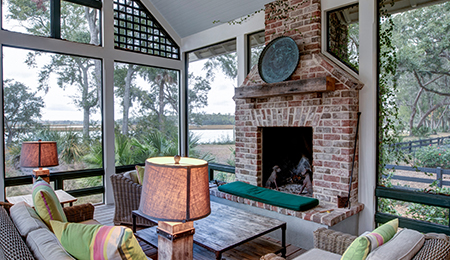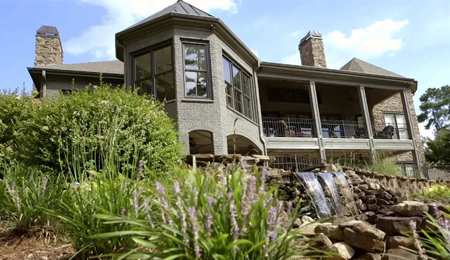You can qualify for up to $500,000 in capital gains tax exemptions.
I was having a conversation with a good friend and client the other day about selling his primary residence. He and his wife had become empty nesters, and their home is just way too big for them right now. They wanted to sell and buy something more manageable.
We discussed that they would have quite a large capital gains tax on the property after living there for 10+ years. He had heard about the capital gains exemption but wasn’t quite sure how it worked. I explained the rules, and I’m going to explain them to you today. He’s going to save a lot of money with this exemption, and you can too.
The first thing to know is that you have to pass the “ownership in use” test. The home you’re selling has to have been your primary residence for at least two of the last five years. You cannot have sold another primary residence during those two years.
“You can save a lot of money with the capital gains exemption.”
You also have to report the sale, and you’ll get a 1099-S form for that. You need to report the gain even if the gain is an exemptible amount. If you make more than the exemptible amount on the sale, you still need to report that gain. What is the exemptible amount? If you’re single, you can write off up to $250,000 in capital gains. If you’re married, that figure doubles to $500,000.
These are the general rules for exempting your capital gain on the sale of your primary residence. It’s an awesome tool for homeowners. If you have more questions about it or anything else related to real estate, don’t hesitate to reach out via phone or email. I look forward to hearing from you soon.



